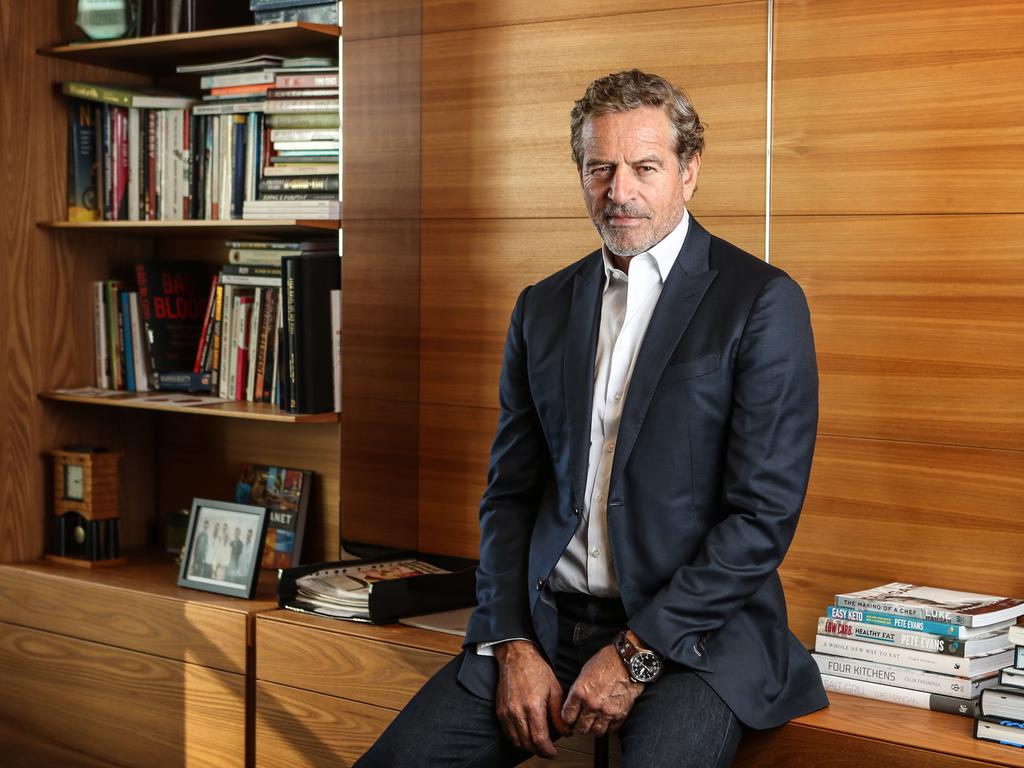Reserve Bank fast running out of options
The Reserve Bank’s drastic decision to cut interest rates to record levels might be good for mortgage holders — but it hides a scarier reality.
It’s only too easy to get carried away with the idea of a cut to official interest rates. How could you not? Show me a homeowner who wouldn’t welcome a weekly cut to their mortgage payment and I’ll show you someone who has more money than sense.
But with all the back and forth over which lenders are passing on the full weight of the cut and which ones aren’t, it’s easy to lose sight of the dark truth behind the RBA’s changes to the official cash rate.
Believe it or not, the Reserve Bank doesn’t really care about how much you pay per week in mortgage payments — that’s between you and your lender. And it’s not overly interested in helping you sleep better at night knowing you’ll have a few extra dollars in your pocket at the end of the week.
The truth is, the RBA’s interest rate moves are one of the most effective levers that can be pulled when it comes to slowing down or speeding up the Australian economy. The idea is simple enough: the money you save on your mortgage can be spent elsewhere, injecting cash into the broader economy.
But you can only pull that lever for so long before you run out of room to move.
Right now, the official cash rate is sitting at 1.25 per cent after years of continued cuts. The last time the RBA actually increased the cash rate was in November 2010, when it moved from 4.50 per cent to 4.75 per cent. Ever since, it’s been down, down, down, with 13 consecutive cuts to put us where we are today.

It means we have just six 0.25 per cent reductions left until the rate hits zero. Or to put it another way, we’re fast running out of arrows in our quiver, and the only ones we have left are bent and ineffective.
The average mortgage in Australia is just under $400,000, which means each rate cut is worth about $55 a month, or $13.75 a week. Is that really enough to save the economy?
The RBA is waving a white flag on this — there has even been increased talk about quantitative easing, which would see our central bank inject its own assets into the economy — with governor Philip Lowe crying out for “fiscal support”.
And the PM has listened, with the proposed $158 billion in income tax cuts that will put more money in your pocket — and then back into the economy — than any interest rate reduction ever could.
Tax cuts are far more powerful than interest rates reductions, because they impact every working Australian, not just the ones with a mortgage. Better still, they don’t negatively impact deposits, so those of you holding money in a bank aren’t left worse off.
It’s why we desperately need a unified approach to this critical policy when parliament resumes next month, with across-the-board support for all three stages of the government’s tax-relief plan.
Without it, the economy will continue to cough and splutter, and try though it might, there is nothing the RBA will be able to do about it.
Mark Bouris, AM, is an Australian businessman and the founder of Mentored.com.au, which gives online access to Australia’s greatest business minds | @markbouris



